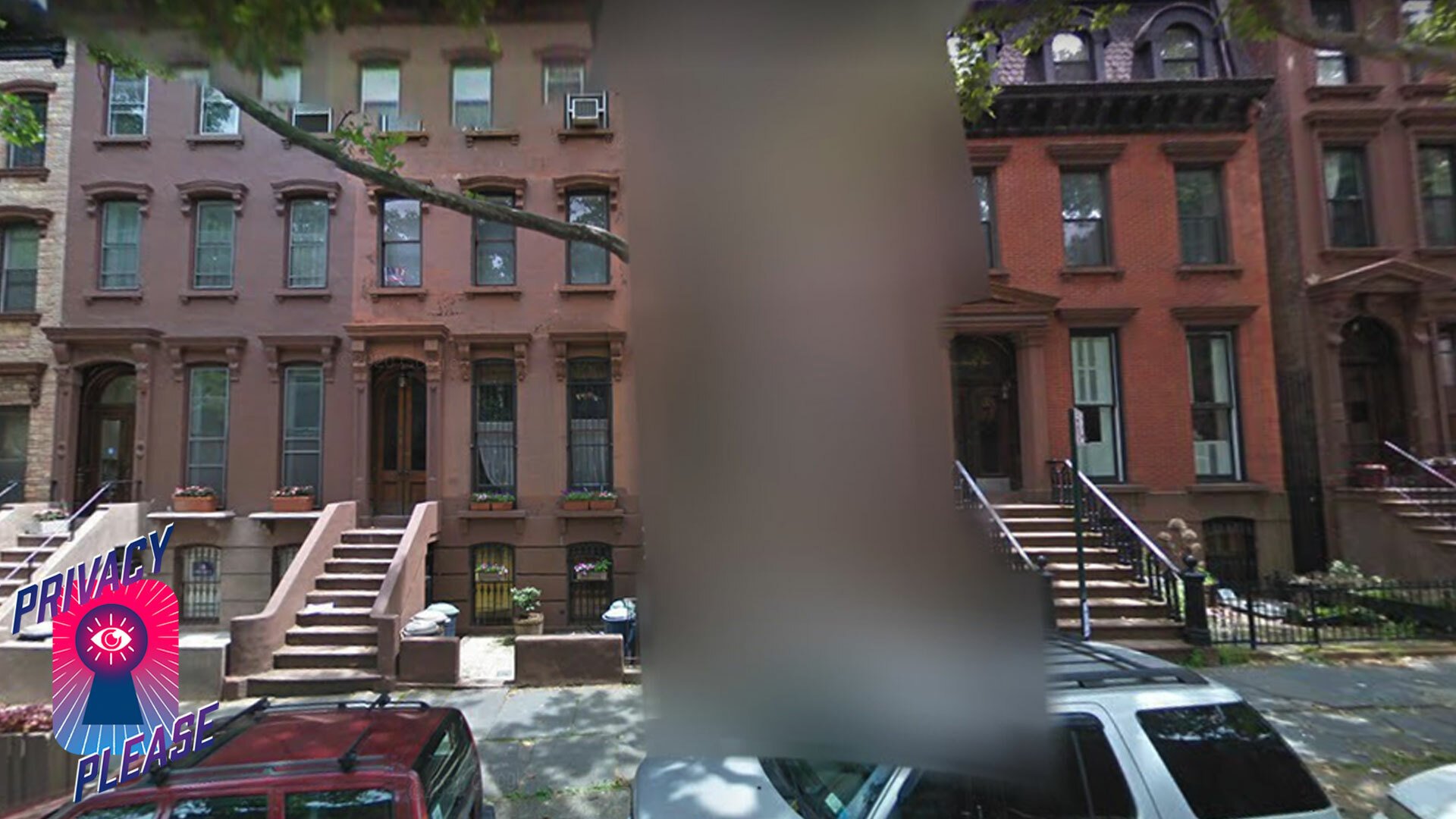Google Street View offers a window to the world in all its bizarre, intimate, and often unfiltered glory. However, this peek into everyday life also extends to your home, potentially revealing more than you’d like — from views into bedroom windows to concerns about privacy and safety.
Fortunately, there’s a solution. You can request Google to blur your house permanently, leaving behind only a vague outline of the building. The process is surprisingly simple.
Launched in 2007, Street View provides a ground-level perspective of numerous cities and towns worldwide, captured by roving vehicles and photographers equipped with camera-laden backpacks. From its inception, the service has been a subject of controversy, touching on expected concerns as well as unexpected ones.
In 2008, for instance, the Minnesota suburb of North Oaks objected to its inclusion on Google’s service, citing trespassing concerns. In response, Google promptly removed the images from Street View.
In 2009, Privacy International, a lobbying organization, lodged a formal complaint with the UK’s Information Commissioner’s Office (ICO), alleging that Google had not adequately anonymized the individuals captured in Street View images. According to a BBC report from that time, such a failure could have significant consequences.
The report detailed complaints received by Privacy International, including one from a woman who had relocated to escape a violent partner but was still identifiable outside her new residence on Street View. Another complaint involved two colleagues caught in what appeared to be a compromising situation, leading to embarrassment when the image circulated at their workplace.
Credit: Screenshot / street view
And that’s just the obvious stuff.
Google has faced several privacy controversies over the years. In 2010, the company admitted that its Street View vehicles, which continuously roam neighborhoods worldwide, had covertly been collecting data from unencrypted Wi-Fi networks they passed by for several years. This revelation led to a $13 million settlement to resolve a class-action lawsuit over the collection of data from an estimated 60 million individuals.
Whether you’re concerned about online stalkers, unwanted surveillance, potential break-ins, or simply value your privacy, it’s understandable why you might not want indexed and digitized images of your home readily available on Google Street View. Fortunately, requesting Google to blur out your home or apartment is a straightforward process.
Here’s what you do.
2 min
Smartphone desktop or laptop
Step 1:
Go to Google Maps and enter your home address.
Step 2:
Enter into Street View mode by dragging the small yellow human-shaped icon, found in the bottom-right corner of the screen, onto the map in front of your house.
Step 3:
With your house in view, click “Report a problem” in the bottom-right corner of the screen.
Step 4:
Center the red box on your home, and select “My home” in the “Request blurring” field.
Credit: screenshot / google
Step 5:
Write in the provided field why you want the image blurred (for example, you may be concerned about safety issues).
Step 6:
Enter your email address, and click “Submit.”
It’s crucial to be certain about your decision, as Google emphasizes that once your house is blurred on Street View, it’s a permanent change.
Remember, you still live in the location, so you can always step outside to see your home if you need a reminder of its appearance.
After submitting your request, Google will send you an email confirming that it’s reviewing the image you reported and will notify you once your request is resolved. In some cases, the company may ask for more specific details about the area you want blurred. If this happens, you’ll need to repeat the process, clearly specifying the exact area of the picture you want blurred.
And that’s all there is to it.
The processing time for Google’s requests can vary, so it’s wise to initiate your request as soon as possible. Additionally, consider making a similar request to blur your home on Bing Maps, as the process is quite similar — and it’s not like Microsoft should get any special treatment when it comes to your privacy.
Privacy Please is an ongoing series exploring the ways privacy is violated in the modern world, and what can be done about it.










